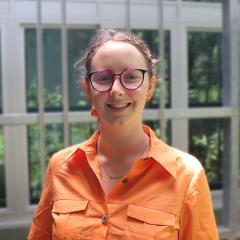MIWATCH head over to Perth for the Australian Earth Sciences Convention 2023
From 27-30th June, MIWATCH group members Associate Professor Anita Parbhakar-Fox, Dr Kam Bhowany, Dr Laura Jackson, Rosie Blannin, Enrique Saez Salgado and Holly Cooke were happy to attend the Australian Earth Sciences Convention (AESC) in Perth. With an overarching theme ‘Reimagining the Earth Sciences’, the convention reflected the critical need for Australian Earth Scientists to lead the way in developing sustainable solutions to the evolving needs of our society. The convention hosted many fascinating sessions on topics ranging from the preservation of ancient Aboriginal sites, through palaeontology, planetary sciences, surface processes, geoethics and geocommunication, all the way to Earth resources, with a focus on critical metals, past and future resources, and mine wastes. Many more interesting and diverse sessions took place, with something to interest everyone.
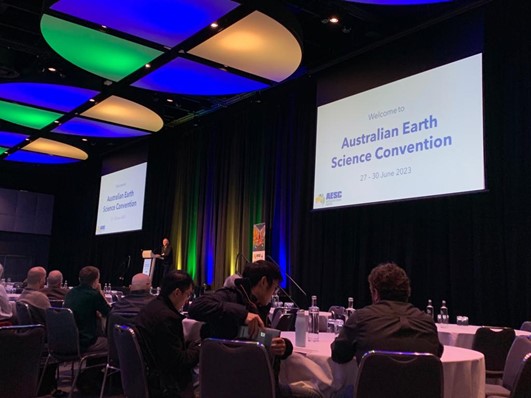
Laura Jackson kicked off the MIWATCH presentations, talking about mine wastes from the Hercules Mine in Tasmania. After giving a keynote at the World Mining Congress in Brisbane, Anita Parbhakar-Fox flew over to Perth to present her second keynote of the week at the AESC, presenting on critical minerals in Australia’s mine wastes. Anita was followed by talks from Kam Bhowany on the historic mine wastes at Zeehan, Tasmania, and from Rosie Blannin on geostatistical modelling of critical minerals in the Herberton tailings, Queensland. The team was delighted about the interest in their work and were excited to take part in an engaging discussion session after their talks.
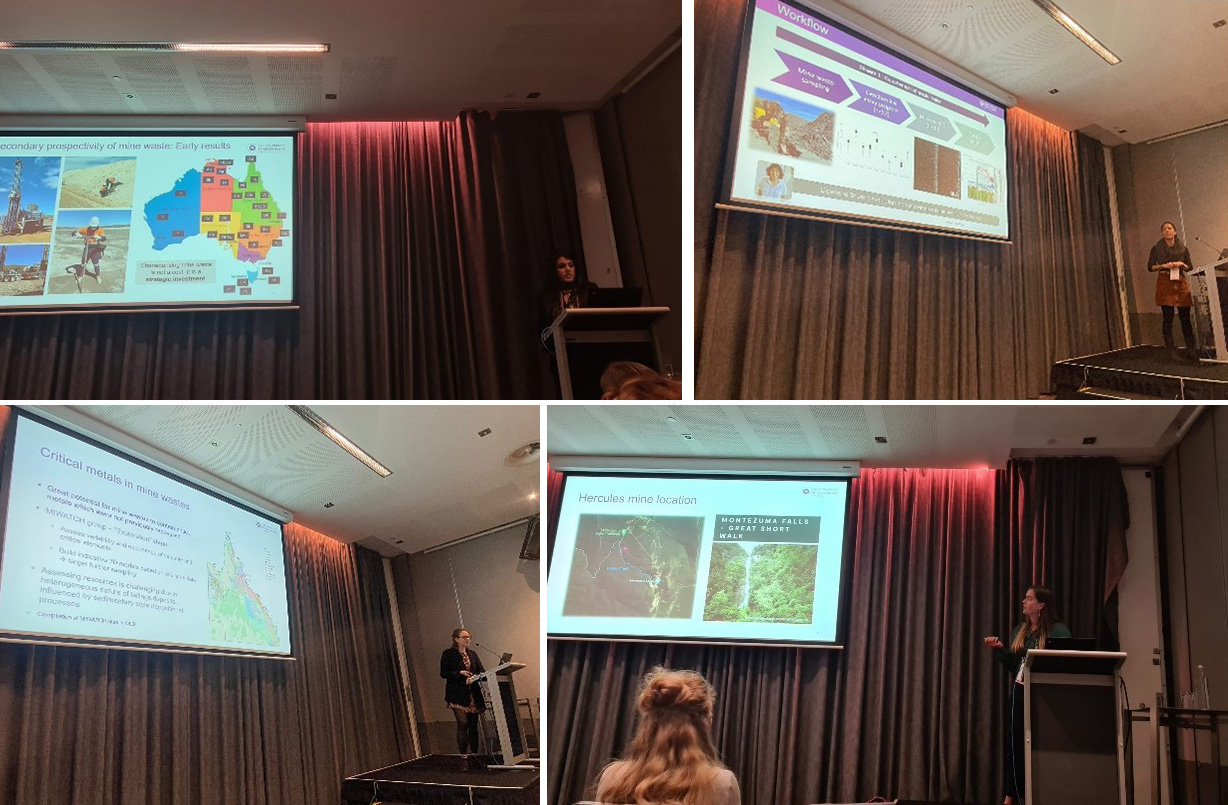
The AESC also provided an excellent opportunity for networking with companies, government agencies, geological surveys and researchers from across Australia. With some sites in Western Australia being the next target for MIWATCH, we hope to be back over in Perth and the surroundings soon!
Before the conference, Rosie also had the pleasure of joining a field trip focused on ‘Redefining Archean terrane boundaries in the southwest Yilgarn Craton’, led by Raphael Quentin de Gromard (Geological Survey of Western Australia) and Cat Gill (University of Western Australia / Geological Survey of Western Australia). The trip visited key exposures of tectonised greenstones and high-grade gneisses in the well-exposed Toodyay-Northam area (about 100 km from Perth) and led to plenty of discussion and open-ended questions on the geological history of the southwest Yilgarn and the implications for Au–Cu, Ni–PGE, Ti–V, VMS, and Fe mineral systems. The trip gave Rosie an overview of the geological history of Western Australia and how this relates to ore deposits and mining, which will aid the MIWATCH team when investigating mine waste sites in the state (soon!). Check out some pictures of the amazing rocks below.
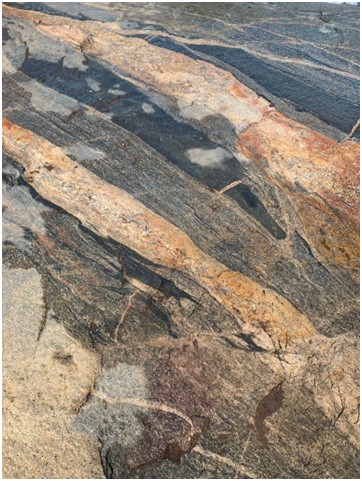
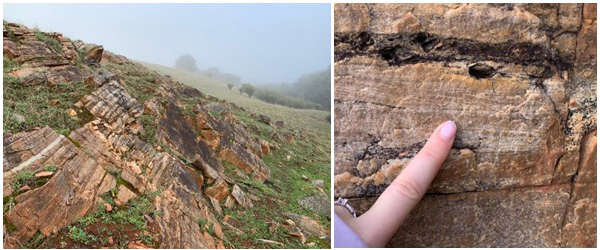
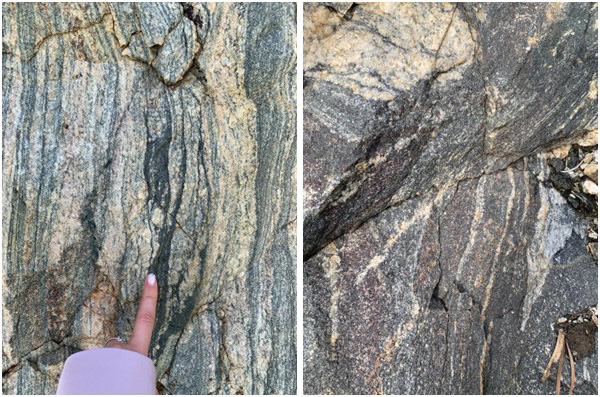
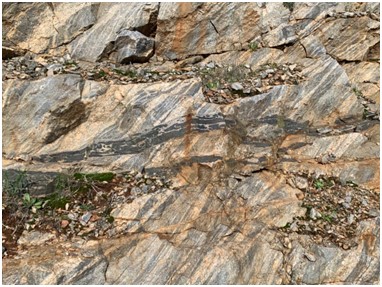
If you want to learn more or see these amazing rocks of the southwest Yilgarn Craton for yourself, keep your eyes peeled for the field guide being compiled by Raphael Quentin de Gromard and Tim J Ivanic and the outcomes of Cat Gill’s (very exciting) PhD work. Thanks to the organisers and leaders of the trip for showing us the incredible rocks and unravelling the stories they tell us of Earth’s distant past.
References:
Field guide for the pre-conference field trip of the AESC conference. Redefining Archean terrane boundaries in the southwest Yilgarn Craton. Compiled by R Quentin de Gromard and TJ Ivanic, Perth 2023.

